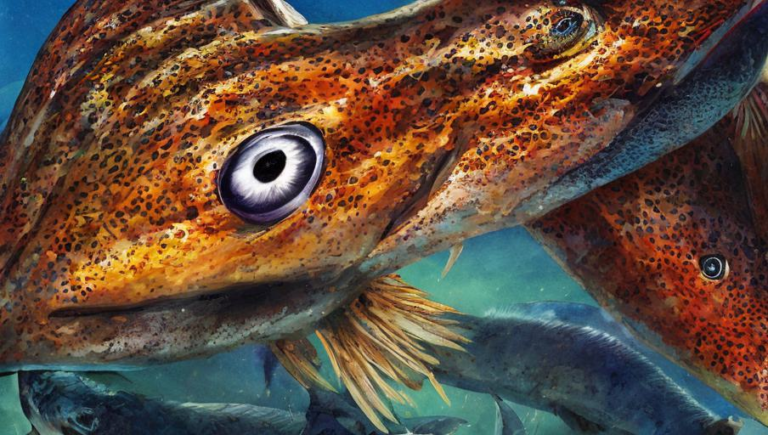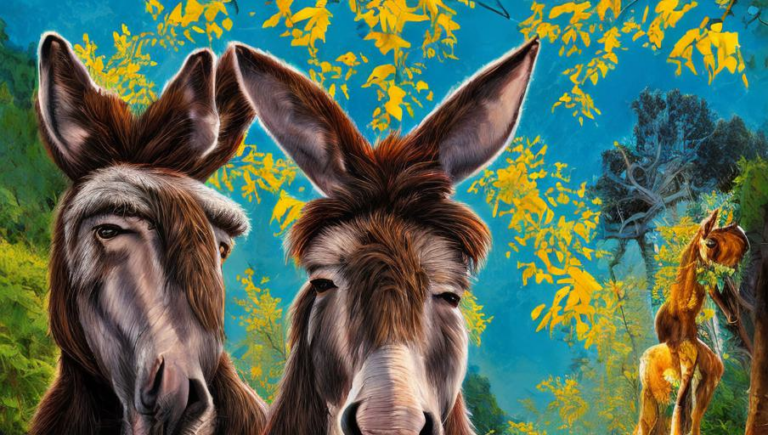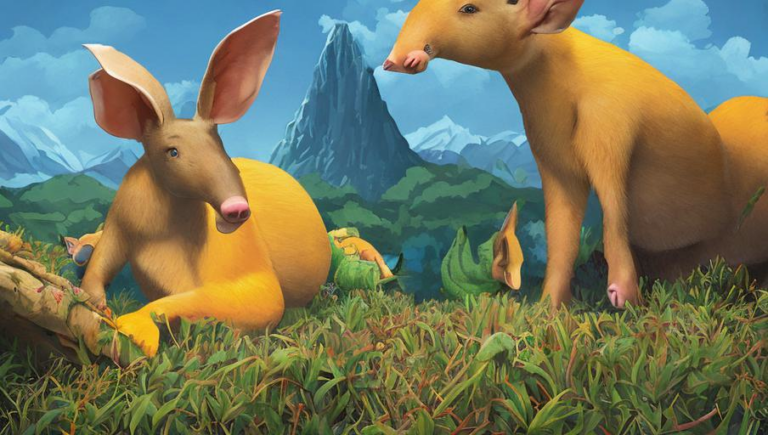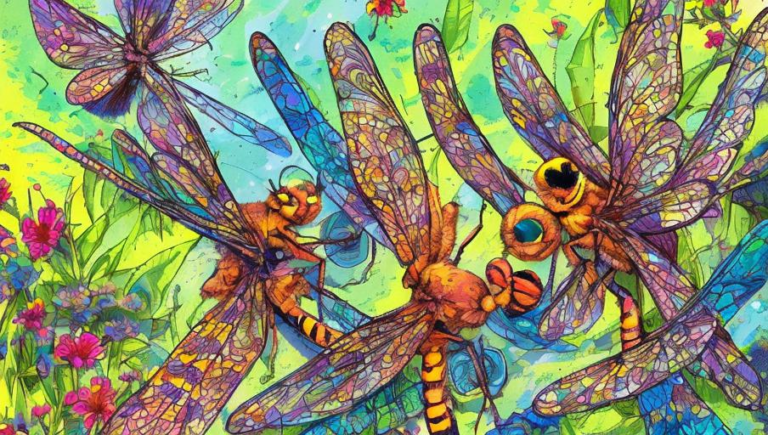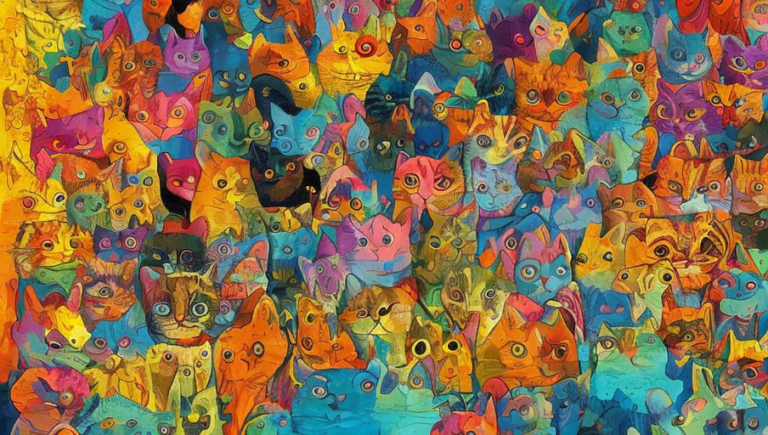Making Sense of Boar Behavior
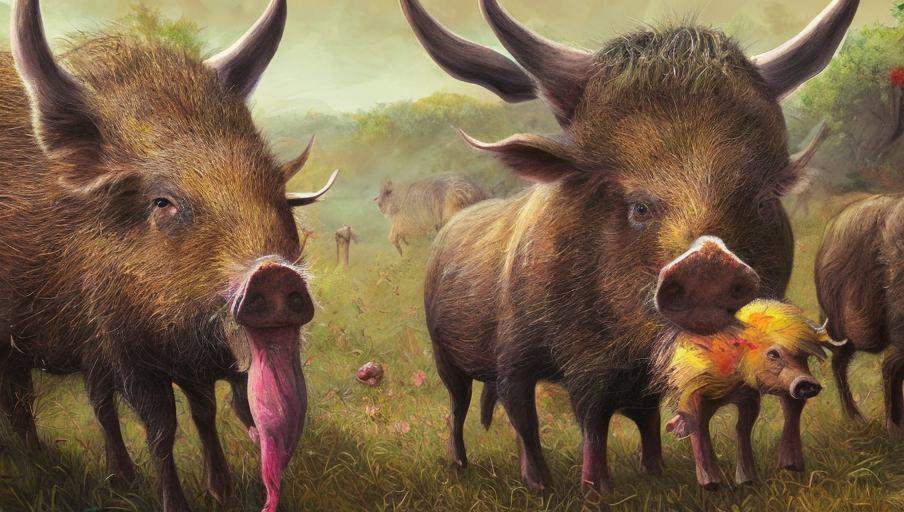
Understanding Boar Social Structures
Boars, also known as wild pigs, are found in forests and grasslands throughout the world. They are omnivorous animals and feed mainly on roots, grasses, tubers, and other plant materials. Boars live in large social groups and can be found in herds of up to 20 individuals. Boars often establish dominance hierarchies where there is a single dominant male and several subordinate males. These hierarchies can be quite complex, with various social interactions among the animals.
Social Interactions
Boars communicate with each other through a variety of vocalizations, such as grunts, squeaks, and whistles. They also use body postures and movements to communicate with each other. These postures can be used to show aggression, submission, or to invite another boar to play or groom. Boars also have a wide range of facial expressions, including wrinkled noses and raised eyebrows, which can help convey different messages.
Communication Through Scents
Boars also communicate through scent marking and scent rolling. Scent marking is when a boar will rub its body against objects, such as trees or rocks, to release its scent. This is done to mark its territory and to warn other boars of its presence. Scent rolling is when a boar will roll in mud and other substances to release its scent. This is done to attract potential mates or to mark its territory.
Boar Behavior in the Wild
In the wild, boars can be seen foraging for food and playing. Boars have been observed playing games such as tag, where one boar chases another. They also enjoy playing with objects such as sticks and stones. They have also been seen playing in the water and mud, which is thought to help keep them cool during the hot summer months. Boars also engage in fighting and sparring, which is thought to help them practice and hone their fighting skills.
The Role of Boars in Ecosystems
In addition to providing entertainment, boars play an important role in their ecosystems. They are important seed dispersers, helping to spread the seeds of plants and trees. They also help to aerate the soil, which helps to keep it healthy and productive. Boars also help to control insect and rodent populations, which can help to protect crops.
Understanding Boar Behavior
While boars can appear fierce and intimidating, they are actually quite social creatures. They communicate with each other through a variety of vocalizations and body movements. They also use scent marking and scent rolling to communicate. In the wild, they can be seen foraging for food and playing games. They also play an important role in their ecosystems by dispersing seeds and controlling insect and rodent populations. By understanding the behavior of boars, we can better appreciate the important role they play in our environment.
